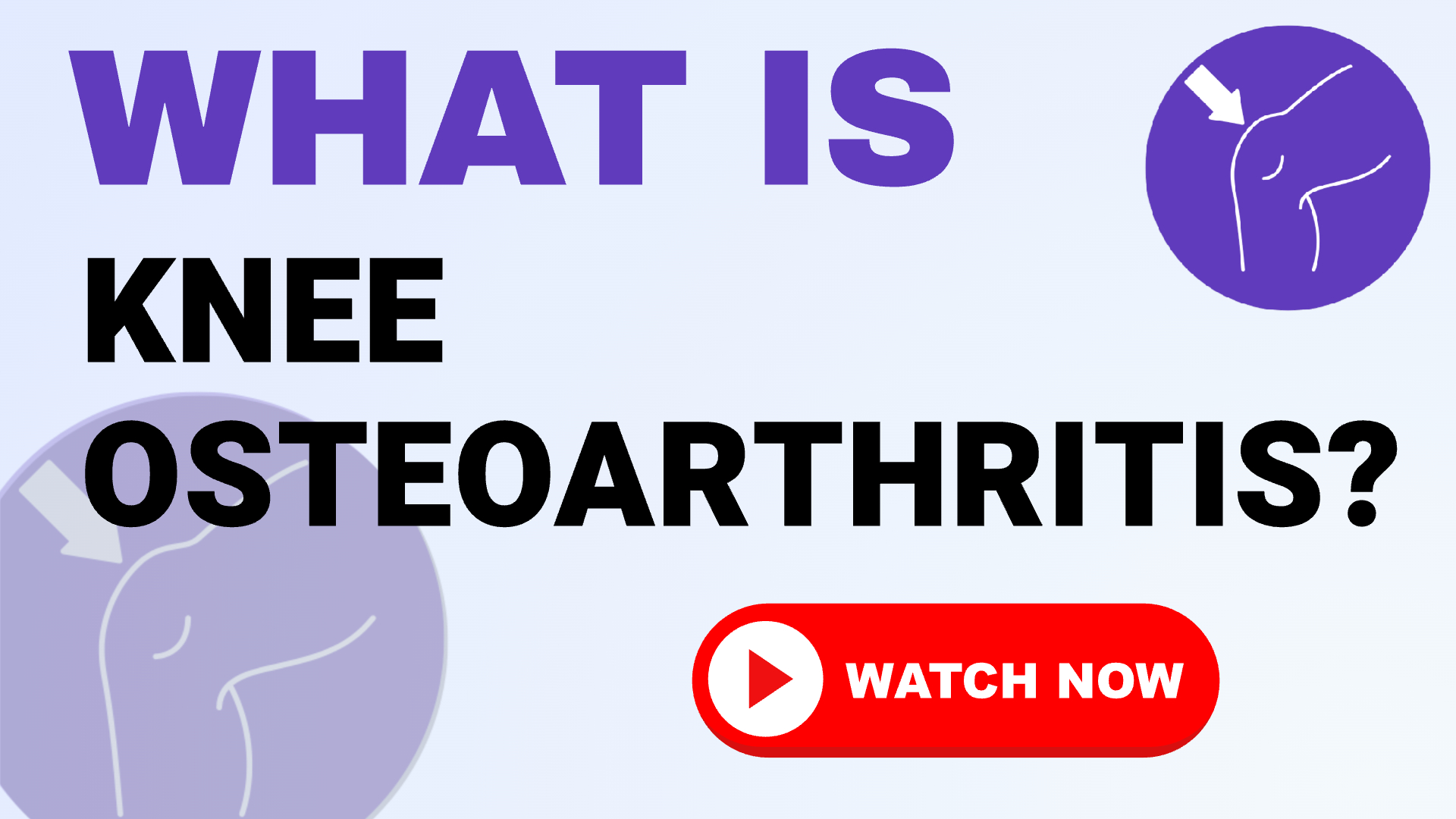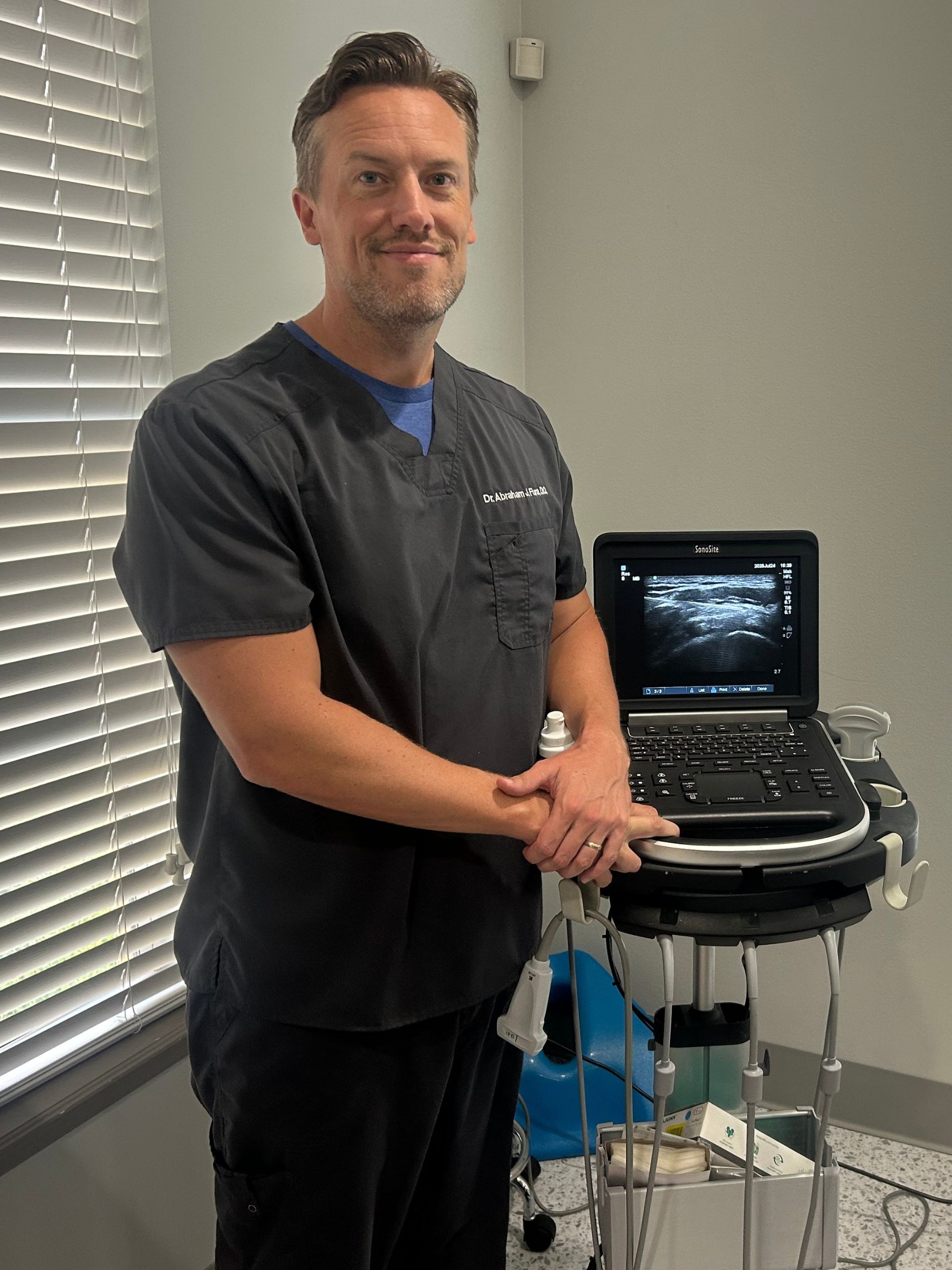
A COMMON SOURCE OF KNEE PAIN
Knee osteoarthritis is the most common form of arthritis, often called "wear-and-tear" arthritis of the knee. It's a degenerative condition where the protective cartilage that cushions the knee joint gradually wears down. As the cartilage deteriorates, bone begins to rub on bone, causing pain, stiffness, swelling, and a loss of mobility that can significantly impact your life. While the damage can't be reversed, we specialize in a range of advanced, non-surgical treatments designed to manage your pain, improve your function, and help you avoid or delay knee replacement surgery.

RISK FACTORS
Knee osteoarthritis is a degenerative condition, but several specific risk factors can significantly accelerate the wear and tear on this vital weight-bearing joint.
The primary risk factor. Decades of walking, climbing, and daily activity naturally lead to wear and tear on the knee's cartilage over time.
Every extra pound of body weight puts about four extra pounds of pressure on the knees, dramatically accelerating the breakdown of cartilage.
A history of a major knee injury, such as an ACL or meniscus tear, significantly increases the risk of developing post-traumatic osteoarthritis later in life.
A family history can play a role in your predisposition to OA. Additionally, being bow-legged or knock-kneed can place uneven stress on the knee joint.

RECOGNIZING THE SIGNS
The symptoms of knee osteoarthritis usually begin gradually and can fluctuate, but they tend to worsen over time, limiting your daily activities.
An aching pain in the knee that gets worse when you are active, such as when walking, climbing stairs, or getting up from a chair.
The knee feels tight and difficult to move, especially first thing in the morning or after sitting for a prolonged period.
The joint can fill with excess fluid (an effusion) after overuse, making the knee feel tight and look puffy.
A grating, crunching, or catching sensation (crepitus) within the knee when you bend and straighten it due to rough cartilage surfaces.
Progressive difficulty in fully straightening or bending your knee, which can alter the way you walk.
A feeling that your knee might buckle or "give way," which can be caused by muscle weakness or uneven joint surfaces.
The daily grind of knee arthritis pain can stop you from enjoying life. But you don't have to be a candidate for knee replacement to find significant relief. We specialize in advanced, non-surgical interventions to reduce your pain, improve your mobility, and help you get back to a more active life. Contact us to explore your options.